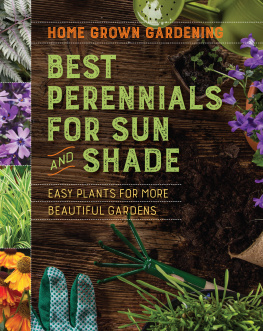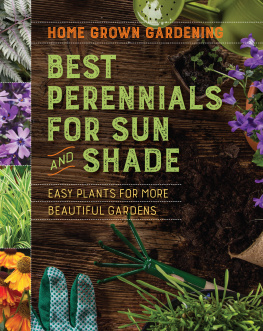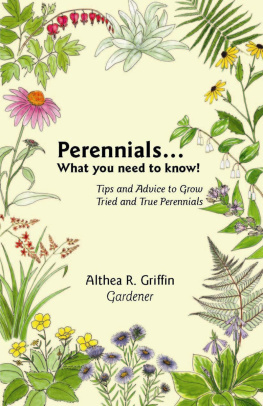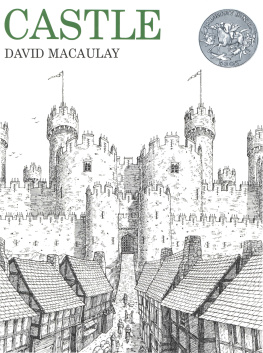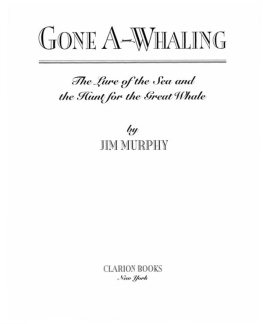Houghton Mifflin Harcourt - Best Perennials for Sun and Shade
Here you can read online Houghton Mifflin Harcourt - Best Perennials for Sun and Shade full text of the book (entire story) in english for free. Download pdf and epub, get meaning, cover and reviews about this ebook. year: 2019, publisher: HMH Books, genre: Children. Description of the work, (preface) as well as reviews are available. Best literature library LitArk.com created for fans of good reading and offers a wide selection of genres:
Romance novel
Science fiction
Adventure
Detective
Science
History
Home and family
Prose
Art
Politics
Computer
Non-fiction
Religion
Business
Children
Humor
Choose a favorite category and find really read worthwhile books. Enjoy immersion in the world of imagination, feel the emotions of the characters or learn something new for yourself, make an fascinating discovery.
- Book:Best Perennials for Sun and Shade
- Author:
- Publisher:HMH Books
- Genre:
- Year:2019
- Rating:5 / 5
- Favourites:Add to favourites
- Your mark:
- 100
- 1
- 2
- 3
- 4
- 5
Best Perennials for Sun and Shade: summary, description and annotation
We offer to read an annotation, description, summary or preface (depends on what the author of the book "Best Perennials for Sun and Shade" wrote himself). If you haven't found the necessary information about the book — write in the comments, we will try to find it.
Best Perennials for Sun and Shade — read online for free the complete book (whole text) full work
Below is the text of the book, divided by pages. System saving the place of the last page read, allows you to conveniently read the book "Best Perennials for Sun and Shade" online for free, without having to search again every time where you left off. Put a bookmark, and you can go to the page where you finished reading at any time.
Font size:
Interval:
Bookmark:
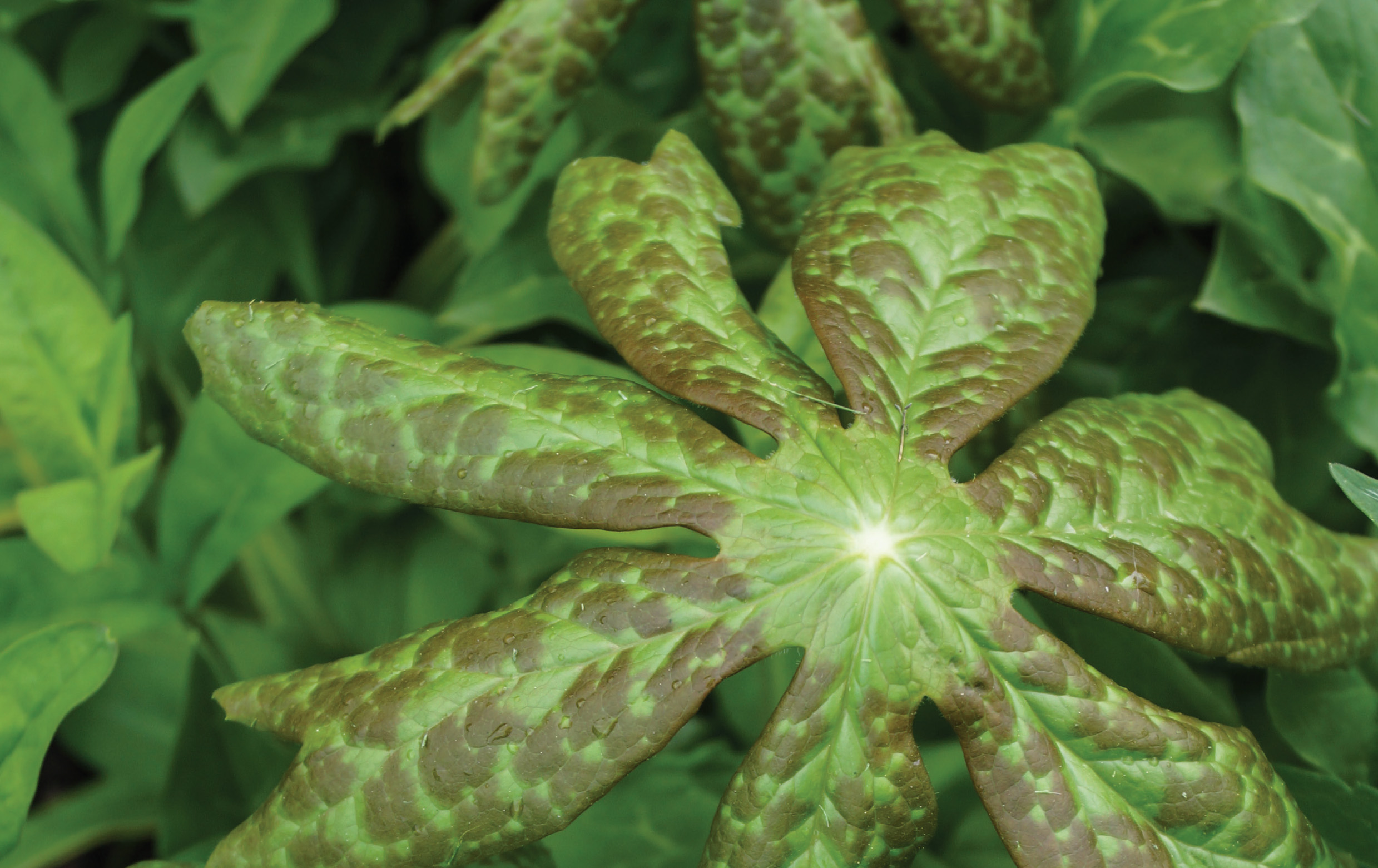
Copyright 2019 by Houghton Mifflin Harcourt Publishing Company
All rights reserved
Derived from Taylors 50 Best Perennials for Sun and Taylors 50 Best Perennials for Shade, produced by Storey Communications, Inc. Copyright 1999 by Houghton Mifflin Harcourt Publishing Company.
For information about permission to reproduce selections from this book, write to or to Permissions, Houghton Mifflin Harcourt Publishing Company, 3 Park Avenue, 19th Floor, New York, New York 10016.
hmhbooks.com
Library of Congress Cataloging-in-Publication Data is available.
ISBN 978-1-328-62008-8
Cover design by Vertigo Design NYC Houghton Mifflin Harcourt Publishing Company
eISBN 978-1-328-61859-7
v1.0419
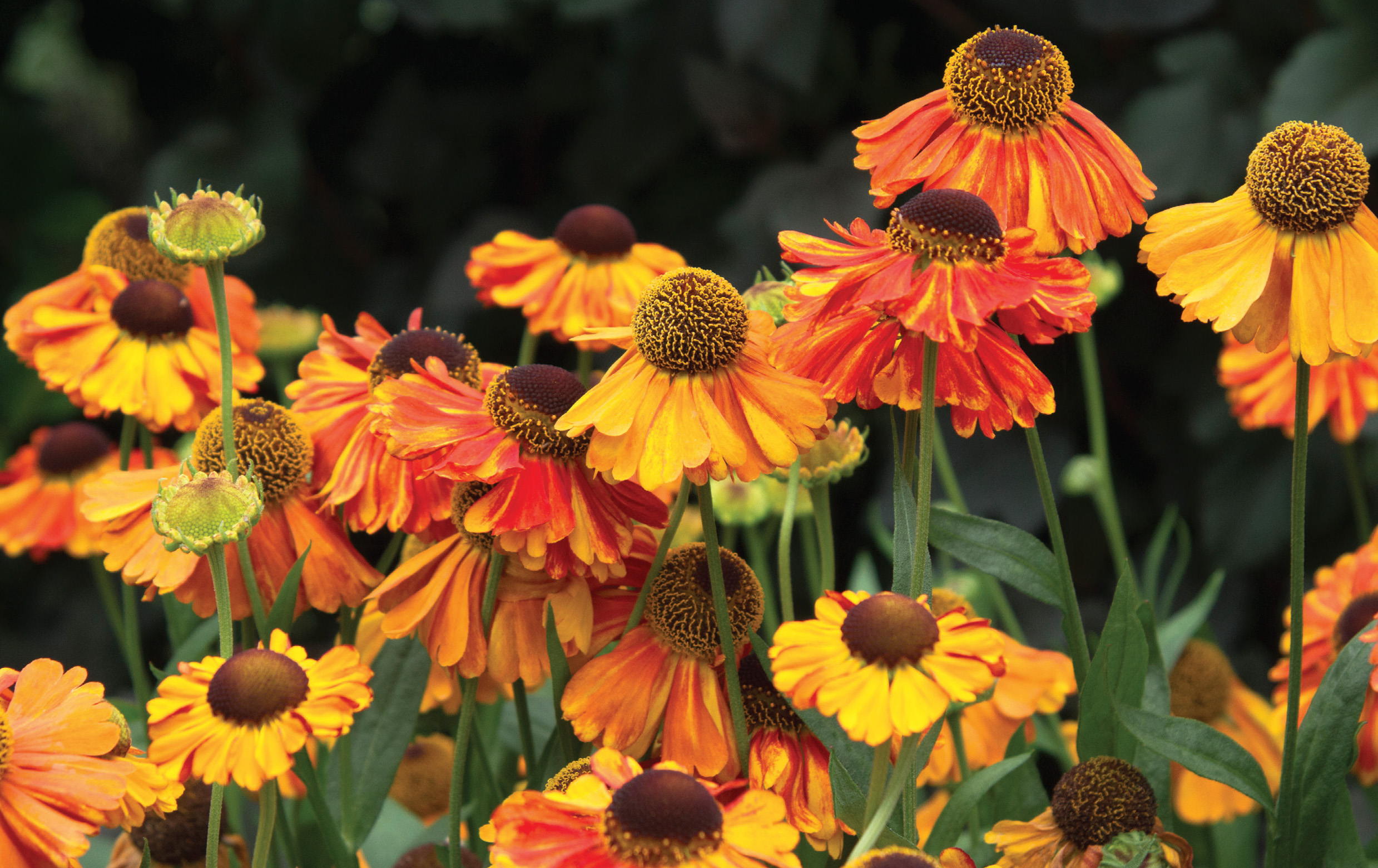
Choosing perennials for your garden can be a daunting task, considering there are thousands of choices. To make the selection easier, this guide lists the easiest to grow and best-performing perennials for full sun and for partial and full shade. Each plant is shown in a color photo for easy identification. The photo is accompanied by information on where and how to grow the featured plant, along with horticultural tips to assist you in making your perennial gardening adventure an enjoyable and educational endeavor.
Perennials are plants that persist year after year in a garden. They may be evergreen or deciduous, with the visible parts of the plants dying down each winter and new ones returning each spring from underground buds. Those perennials described as liking full sun need a location with no shade at all, or at least 8 hours with no shade. Perennials that require part shade require an area that receives 3 to 4 hours of direct sun each day in the early morning or evening, but not at midday. Planting on the east or west side of a building provides this type of shade. Part shade is also the filtered light provided by shade trees that have had their lower limbs removed to provide direct sunlight for short periods as the sun shines through gaps in the foliage. Full shade is shade provided by the north side of a building or from the cover of dense evergreen trees. It takes a special plant to thrive in these conditions.

Most perennials make a stronger statement when planted in groups than if planted singly. Be careful about positioning plants together. Dont plant perennials that like dry soil next to ones that like wet soil, and avoid grouping plants with widely differing pH and fertilizer needs.
The key to successful gardening is adequate soil preparation. Unless you are blessed with good rich, deep loam, you will need to improve your garden soil to raise its fertility level and increase its organic content so that there is an ample supply of nutrients in a form that is readily available to plants. Soil for most perennials should be turned over with a shovel or spade to a depth of 10 to 12 inches.
Most perennials prefer soil that is slightly acidic (pH 6.5 to 6.8). To determine the pH of your soil, locate a soil-testing station in your area through the state Master Gardener program (home soil-testing kits are usually not very accurate). Follow the recommendations of the lab to adjust your soils pH.
All plants need nutrients to maintain vigor. Some plants are heavy feeders and prefer frequent fertilizer applications; others are light feeders and only occasionally need supplementary feeding. Most perennials require a balanced fertilizer (the balance is between the three main ingredientsnamely, nitrogen [N], phosphorus [P], and potassium [K]), as well as trace elements such as iron, boron, copper, zinc, and magnesium. As a general rule, plants grown for their foliage require a high-nitrogen fertilizer, a formula in which the first number is largest, such as 10-5-5. Plants grown for their flowers benefit from a higher phosphorus content (a formula such as 5-10-5). Organic fertilizers generally release nutrients more slowly but last longer than standard synthetic fertilizers. Calcium, another essential mineral, is usually added in the form of limestone. This also raises the pH; in areas where the pH is already high, use agricultural gypsum.
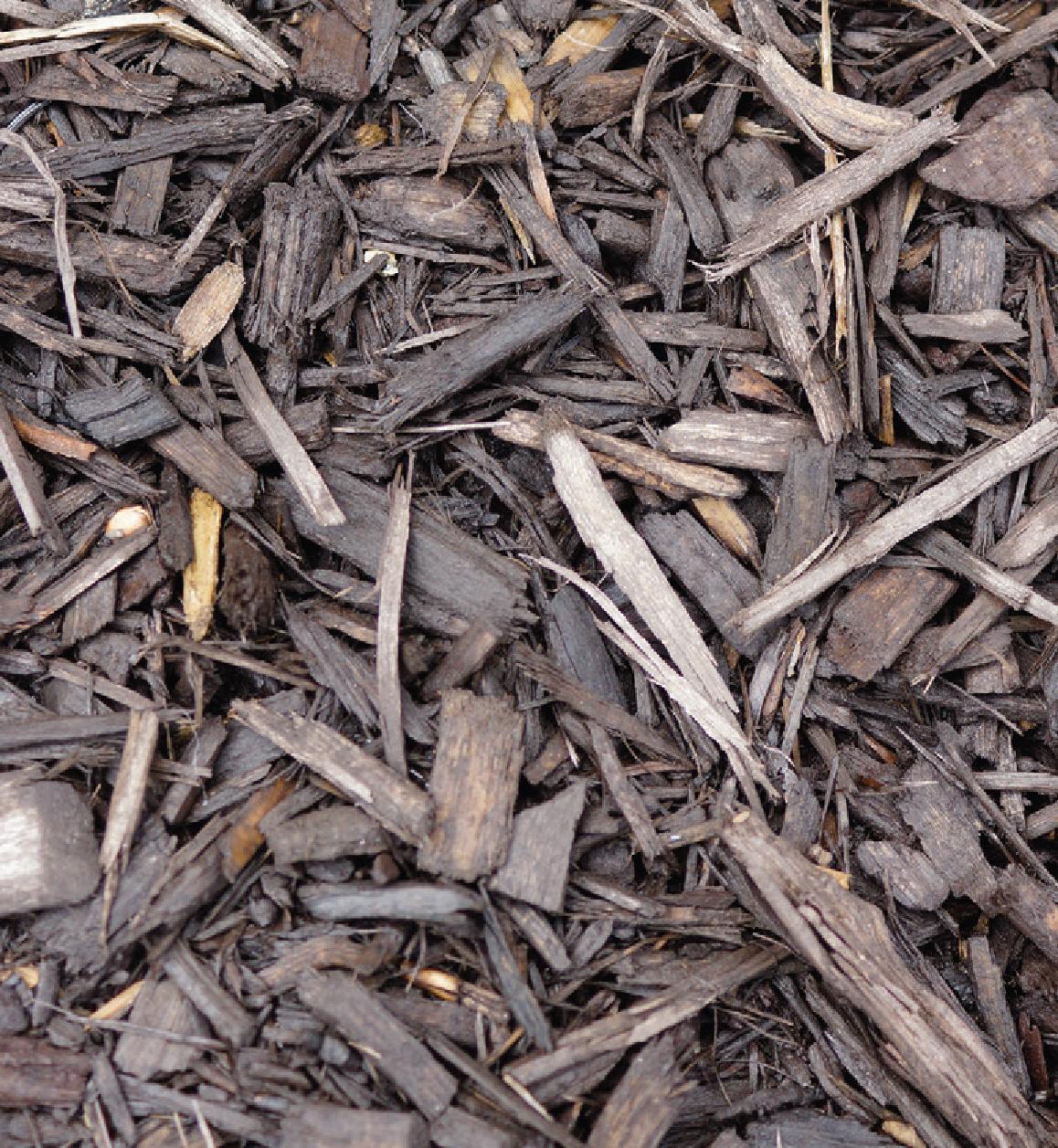
Mulch is a 2- to 4-inch layer of organic matter laid on the soil surface to retain moisture in the soil and to keep down weed growth. Preferred mulch materials include pine needles (white pine is best), shredded bark, shredded leaves, and bark chips. Mulch is best applied in fall as the plants are going dormant or in spring as plants start to grow.
In cold climates, apply a 6- to 10-inch layer of winter protection around the crowns of plants after the ground is frozen in early winter, and remove it when forsythia blooms in spring. It is especially important after fall planting to prevent unestablished plants from heaving out of the soil during alternating mild and cold spells.
Organic matter is vital to plants; it retains water in the soil and makes it available to plants, and it also provides food for bacteria that change nutrients into forms that can be absorbed by plants. Organic matter is decayed plant and animal remains; the best way to increase it is by adding well-aged compost (either purchased or homemade from garden debris or leaves), or well-aged horse or cow manure. (Poultry manure is usually too hot for most plants because it contains ammonia that may burn the leaves or roots.) Seaweed is another excellent source of organic matter, but it is not readily available to all gardeners.
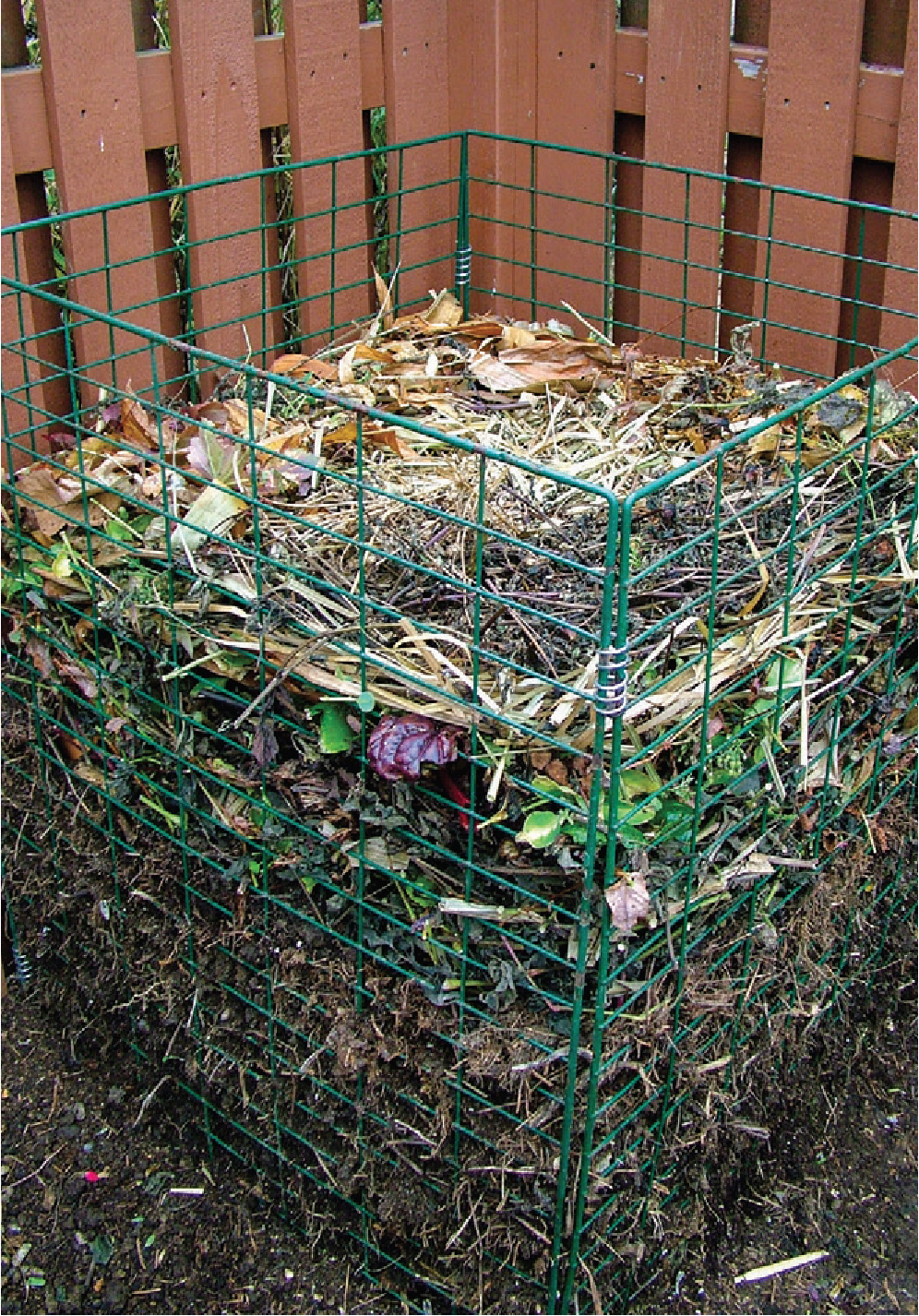
In soil that has a high sand or gravel content, many plants suffer from a lack of available water. The best way to increase the water-holding capacity of any soil is to increase its organic content. Conversely, wet soils need to be drained in order to increase the amount of oxygen that is available to plants. Soil drainage can be increased by adding organic matter (or very coarse sand, but organic matter is easier and supplies other benefits). For most perennials, water should never stand over their crowns for more than a few minutes after downpoursthe exceptions are, of course, plants that naturally grow in wet spots. In very wet or heavy clay soils, where making the soil hospitable to plants is tough, it is usually easier to build raised beds on top of the soil using bricks, fieldstone, pressure-treated lumber (except near edible plants), or naturally rot-resistant wood such as red cedar or locust. Fill in the center with a mix of topsoil and compost.
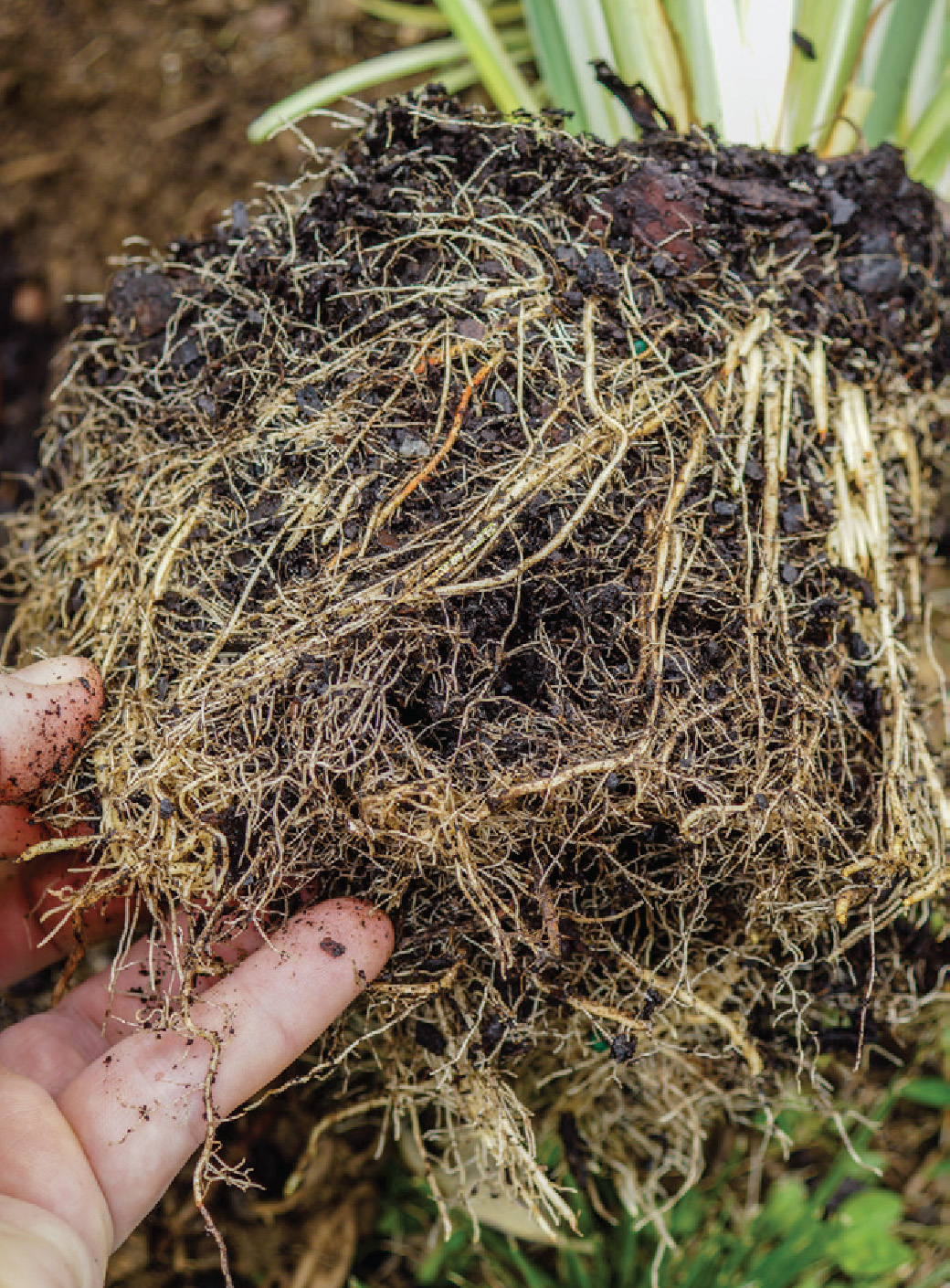
Font size:
Interval:
Bookmark:
Similar books «Best Perennials for Sun and Shade»
Look at similar books to Best Perennials for Sun and Shade. We have selected literature similar in name and meaning in the hope of providing readers with more options to find new, interesting, not yet read works.
Discussion, reviews of the book Best Perennials for Sun and Shade and just readers' own opinions. Leave your comments, write what you think about the work, its meaning or the main characters. Specify what exactly you liked and what you didn't like, and why you think so.

